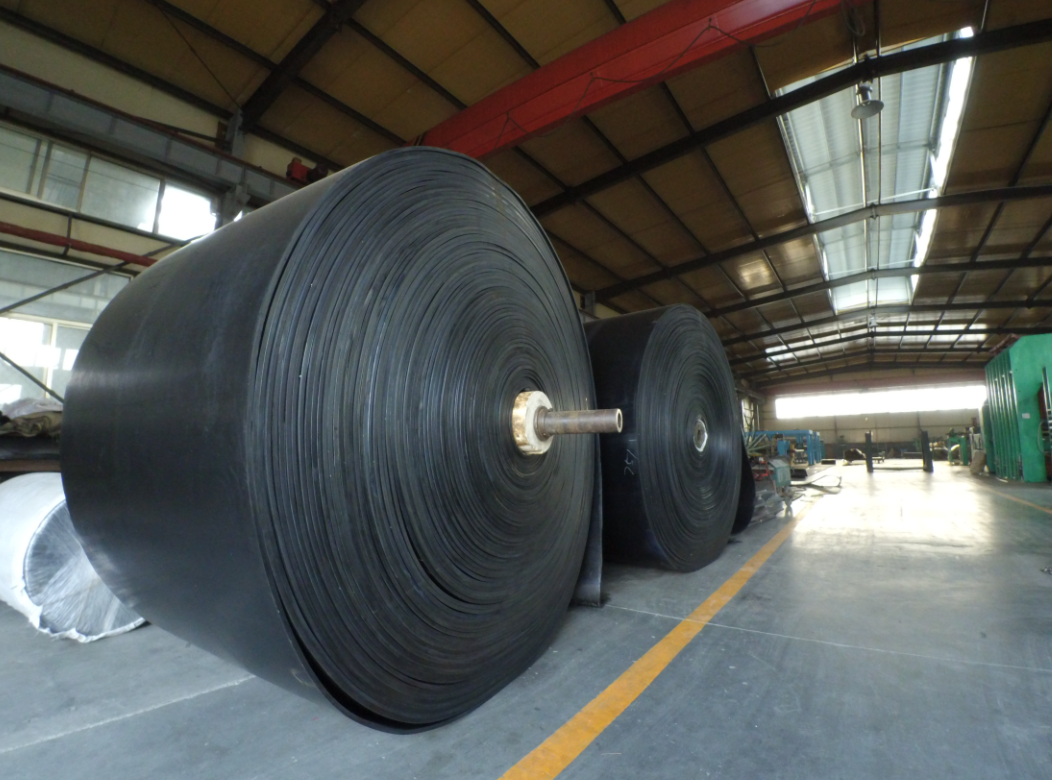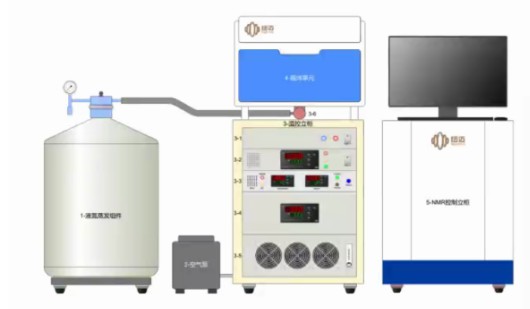Crosslinking Density Research by NMR
Crosslinking Density of Rubber
Crosslinking density refers to the concentration of chemical crosslinks within a polymer or polymer network, creating a three-dimensional structure. This density significantly influences various properties of the polymer, such as mechanical strength, thermal stability, and chemical resistance.
Crosslinking Density Measuring Methods
To measure crosslinking density, different methods are employed:
Crosslinking Density Determination by NMR: Nuclear Magnetic Resonance (NMR) spectroscopy provides valuable information about crosslinking density. Techniques like spin diffusion NMR or relaxometry NMR measure the average distance between crosslinks or the concentration of crosslinking sites to determine crosslinking density.
Rubber Elasticity Theory: The Flory-Rehner equation and other rubber elasticity theories relate the elastic properties of a crosslinked polymer to its crosslinking density. Mechanical properties like rubber modulus or stress-strain behavior are measured to calculate crosslinking density using these theoretical models.
Swelling Method: The polymer sample is immersed in a solvent, and the degree of swelling is measured. A tightly crosslinked network hinders solvent penetration, and comparing the swollen and unswollen states helps estimate crosslinking density.
Equilibrium Swelling Theory: This theoretical approach involves analyzing the equilibrium swelling behavior of the polymer using mathematical models to determine crosslinking density as a fitting parameter.
The choice of method depends on the nature of the polymer system, available instrumentation, and desired accuracy. Researchers often use a combination of experimental and theoretical approaches for a comprehensive understanding.
Crosslinking Density Analysis by NMR
Crosslinking density analysis by NMR involves using Nuclear Magnetic Resonance spectroscopy to determine the extent of crosslinking in a polymer or polymer network. NMR provides valuable structural and dynamic information based on a molecule’s interactions with a magnetic field.
NIUMAG VTMR Series Low Field NMR Analyzer
NIUMAG VTMR20-010V-I is a specialized instrument integrating relaxation time testing and magnetic resonance imaging technology, along with a variable temperature module. It allows for non-destructive and rapid analysis of various samples like solutions, gels, solids, and particles, including crosslinked polymers.
 NIUMAG
NIUMAG



